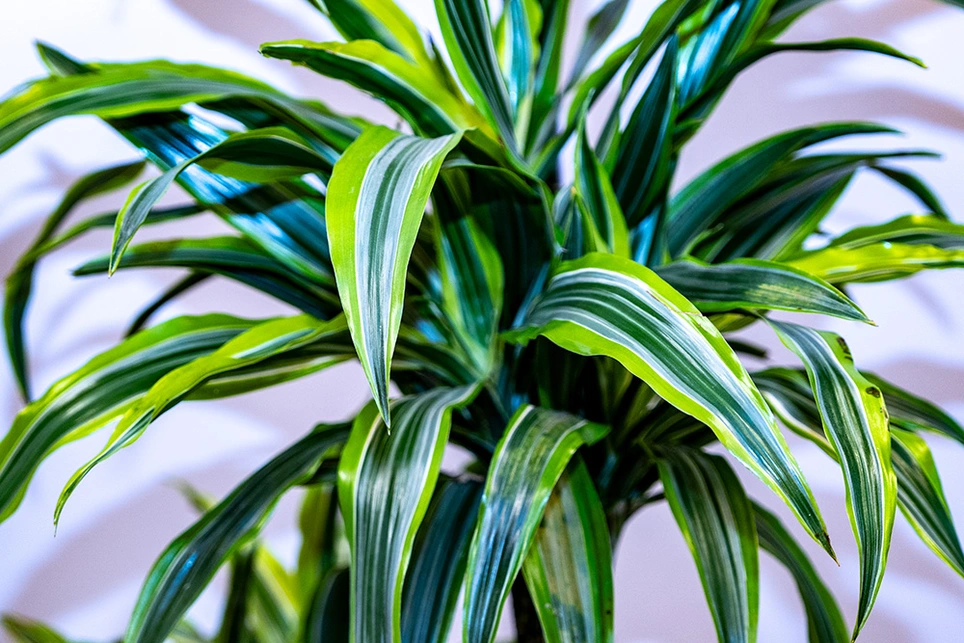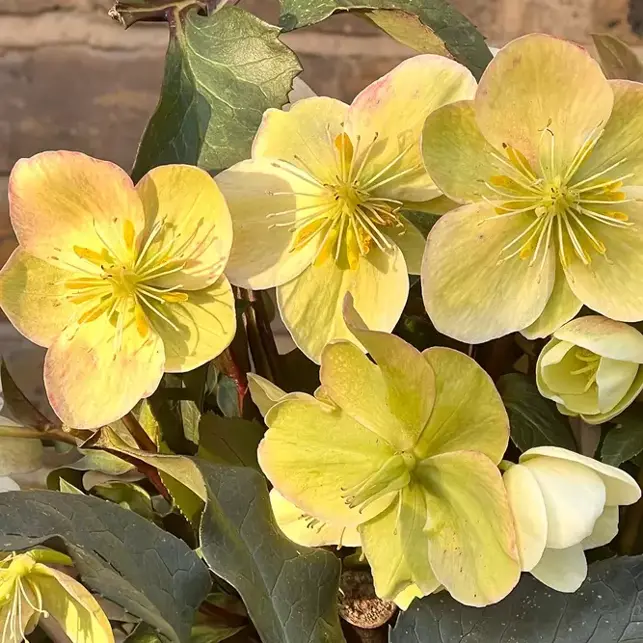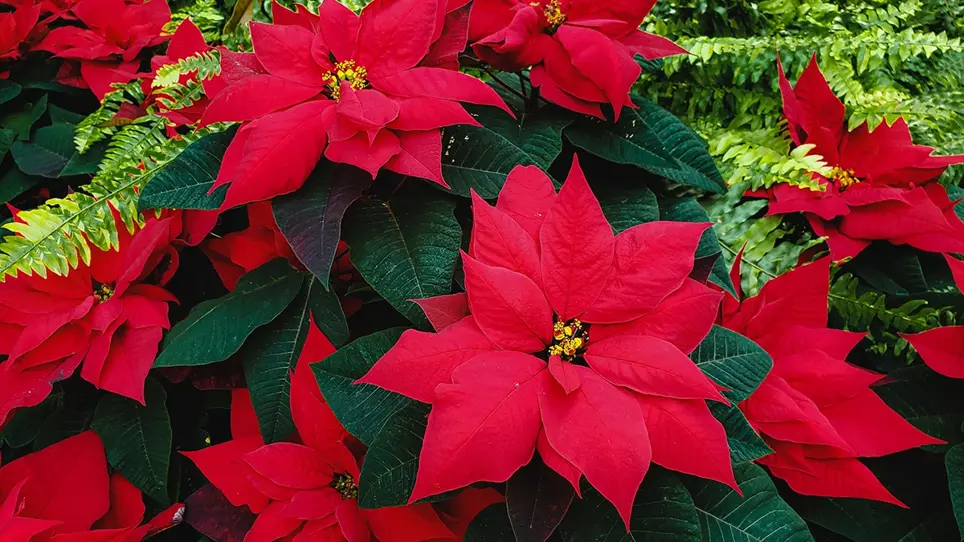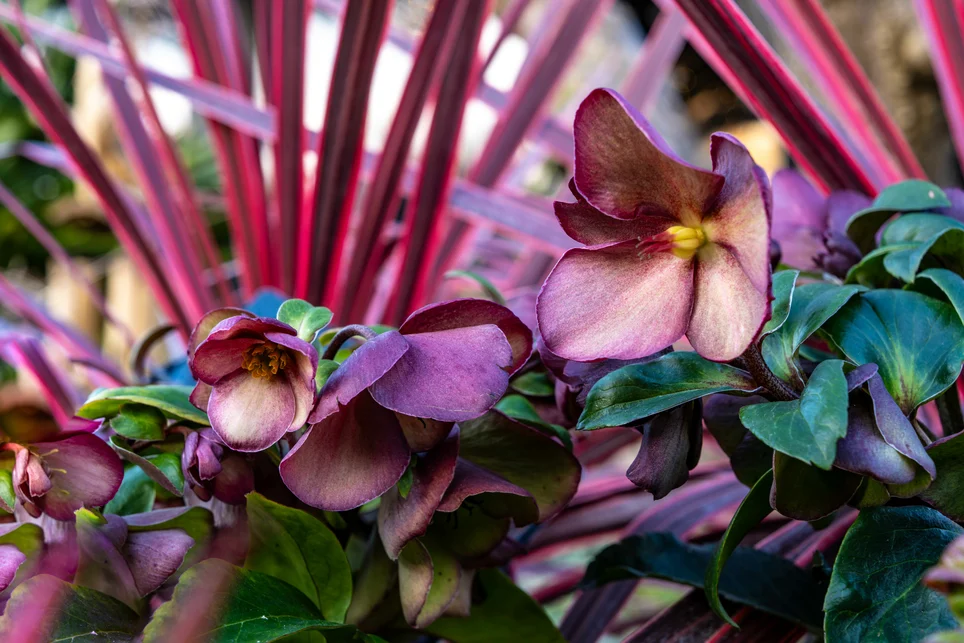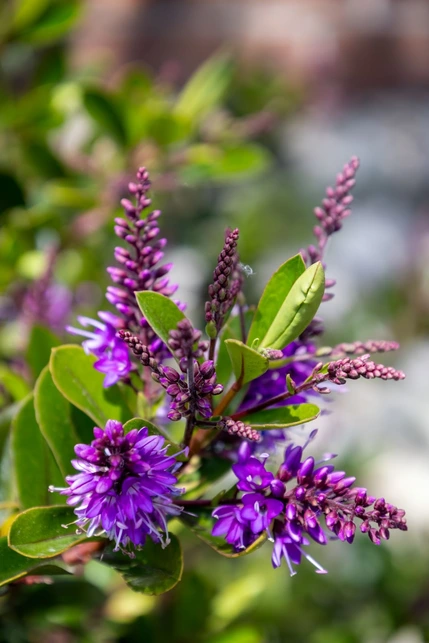
If you've walked past a neat evergreen shrub covered in purple or pink flower spikes and wondered what it was, chances are you've met a Hebe. Originally from the windy coasts of New Zealand, these tough little shrubs have become a North London garden staple—and for good reason.
At Boma, we recommend Hebes to anyone who wants structure in their garden without the faff. They're evergreen, they flower for months, and they actually cope with our heavy London clay (as long as you improve the drainage). You'll spot them all over North London—from the formal beds at Kenwood House to planters outside the shops on Fortess Road.
Why They Work So Well Here
Pretty much all Hebes come from New Zealand, where they grow on exposed hillsides and coastal cliffs. That background makes them perfect for London gardens where you're dealing with wind tunnels between buildings or that tricky spot by the front door that gets all the weather.
They're particularly brilliant in those typical North London situations: small courtyards that only get a few hours of sun, roof terraces that get battered by wind, or front gardens where you need something that looks decent all year and won't mind a bit of pollution from passing traffic.
Those Distinctive Flower Spikes
When Hebes flower—usually from June right through to October—they produce these dense spikes packed with tiny flowers. Look closely and you'll see delicate white stamens poking out from each flower, creating a soft, fuzzy effect. The colours range from deep magenta and purple through to pale pink and pure white.
But here's the thing: even when they're not flowering, Hebes earn their keep. The foliage stays looking good all year round. Learn more about our evergreen plants.
More Than Just Green Leaves
This is where Hebes get interesting. Yes, many have simple green leaves, but we've got varieties with deep purple foliage (‘Black Beauty’), bright gold leaves ('Golden Dome'), and cream-edged variegated types (‘Variegated Hebe’). The leaves are usually small and neat, creating tidy mounds or upright shapes that give your garden structure.
Where to Use Them
- In containers: Hebes are brilliant in pots. They don't mind being pot-bound and will happily live in a good-sized container for years. Try combining them with trailing ivy and winter pansies for a display that looks good from October through to spring.
- Front gardens: If you need something low-maintenance for that strip by the front path, Hebes are ideal. They won't outgrow their space quickly and they'll cope with less-than-perfect conditions.
- Mixed borders: Use them to add evergreen structure between perennials. They're particularly good next to plants that disappear completely in winter—the Hebe keeps that spot from looking empty.
- Instant screening: The larger varieties like 'Mrs Winder' work well in troughs to create a living screen on a balcony or to hide the bins.
Find further inspiration on our Shrubs page.
What We've Got at Boma
We keep a good range of Hebes because they're so useful. Current favourites include:
- ‘Black Beauty’ – Dark purple leaves with lilac flowers. Looks amazing in a pale container.
- 'Sangria Sensation' – Green leaves but massive magenta flower spikes that the bees go mad for.
- ‘True Love’ – A captivating evergreen shrub, celebrated for its vibrant foliage that transitions from green with cream edges to a stunning deep pink hue in cooler temperatures.
- 'Golden Dome' – Makes a perfect golden ball. Great for brightening up a shady corner.
- 'Mrs Winder' – Purple-bronze leaves, gets bigger than most. Good for screening.
- 'Pink Fizz' – Exactly what it sounds like. Masses of candy-pink flowers.
- The 'Wiri' series ('Wiri Charm', 'Wiri Cloud', 'Wiri Mist') – Compact varieties perfect for smaller spaces.
- Some less common varieties like 'Magic Colour' and 'Hey Beauty' if you're after something a bit different.
Looking After Hebes
The good news is they're pretty low-maintenance:
- Planting: If you've got typical London clay, dig in some grit or compost to improve drainage. In pots, use a soil-based compost with added perlite.
- Position: They flower best in sun but cope fine with partial shade. More sun = more flowers.
- Watering: Water them while they're settling in. After that, they're fairly drought-tolerant, though container plants will need watering in dry spells.
- Feeding: A handful of slow-release fertilisers in spring keeps them happy.
- Pruning: Give them a light trim after flowering (usually April in London) to keep them bushy. Don't cut back into old woody stems—they won't regrow from there.
- Winter: Most varieties are fine in London winters, but in a really cold snap, those in pots might appreciate being moved somewhere sheltered. The variegated types are slightly less hardy.
Good for Wildlife Too
Here's something that might surprise you: Hebes are brilliant for pollinators. Bees and butterflies love them, especially later in summer when other nectar sources are running low. If you're trying to make your garden more wildlife-friendly, adding a few Hebes is an easy win. Explore more bee-friendly plants.
Come and Choose Yours
Pop in and have a look at our Hebe collection—we've got them grouped together near the entrance so they're easy to find. Whether you need something compact for a pot by the front door or a larger variety for a border, there's probably a Hebe that'll do the job.
Our team can help with planting combinations if you're not sure what to put them with, and we offer delivery across North London if you're buying several plants. We can even plant them up for you if you'd rather skip that bit.
Sometimes the best garden plants aren't the flashiest—they're the ones that just quietly get on with looking good all year round. That's Hebes for you.




